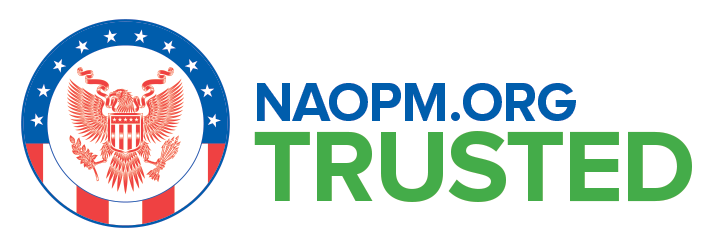Bill of Lading – customer’s receipt for goods and contract for transportation. The customer’s signature acknowledges that the household goods can be loaded on the van and released to the carrier.
DOT – Department of Transportation – the federal agency which, through the Surface Transportation Board (STB) and Federal Motor Carrier Safety Administration (FMSCA) within the DOT, governs the interstate transportation industry, including movers of household goods.
Method of Payment – payment must be in the form of cash, traveler’s checks, money order, a bank cashier’s check or a credit card. Credit card payment must be pre-approved prior to loading. Personal checks are not accepted.
Origin & Destination Service Charge – a hundredweight rate that applies based on the weight of the shipment plus any weight additives and location where the shipment is picked up and delivered. The charges compensate the carrier for basic handling and servicing of the shipment; services include: elevator, stair and excessive distance carries, piano and organ flight carries, additional transportation charge (ATC), basic appliance servicing, which means preparation of appliances to make them safe to ship, and on shipments moving transborder between the US and Canada, the import and export service charge.
PBO (packed by owner) – when articles are packed by the customer for moving
Carrier – the moving company providing interstate transportation of household goods under whose Department of Transportation registration the shipment is moved.
Diversion – when a customer changes the destination of their shipment after it is en route, transportation charges shall be calculated from the point of origin, to the point at which the carrier is able to effect the diversion, plus the transportation charge from the diversion point to the new destination point.
Order Number – used to identify the customer’s shipment and appears on the upper right corner of the Order for Service and the Bill of Lading. This number should be used whenever the carrier is contacted.
Overflow – when articles to be shipped are left behind due to insufficient space on the primary van. An additional van(s) is then utilized for transportation and delivery.











